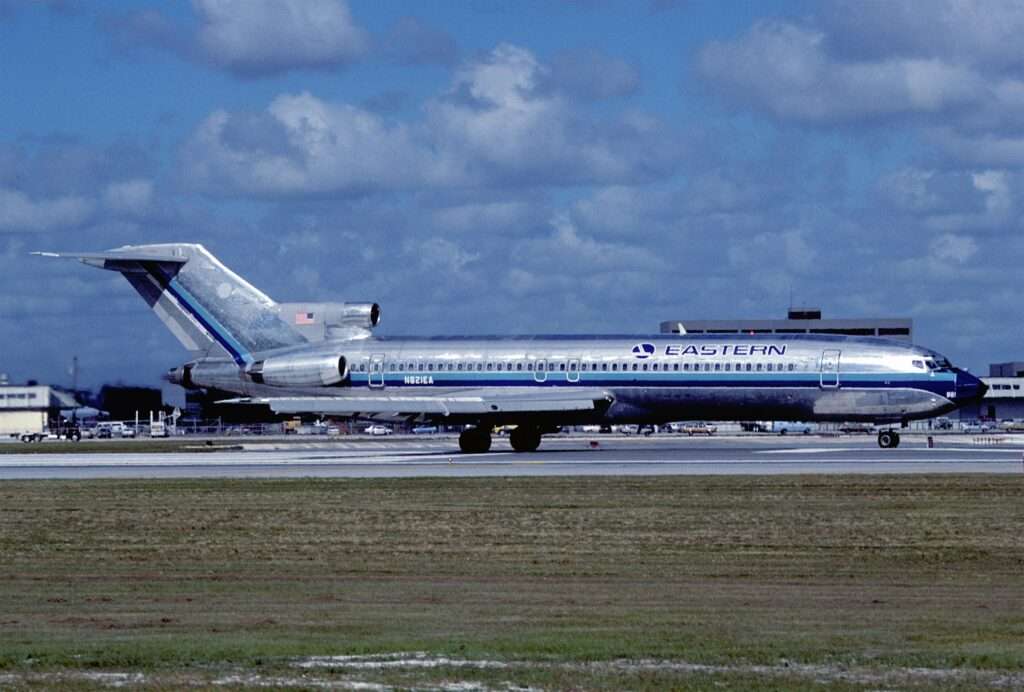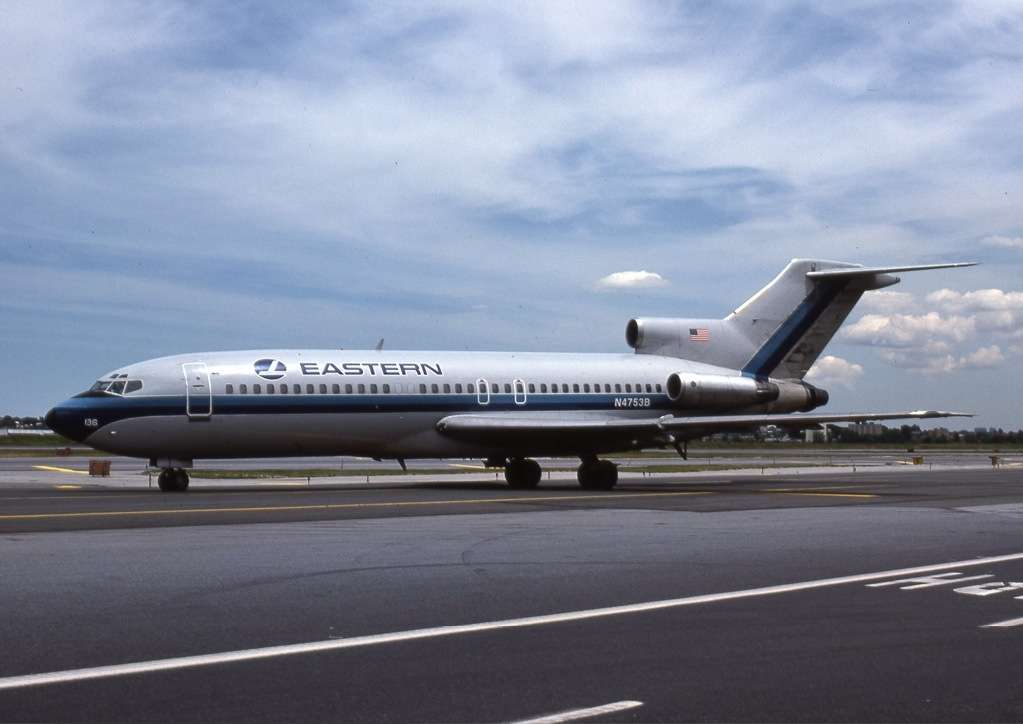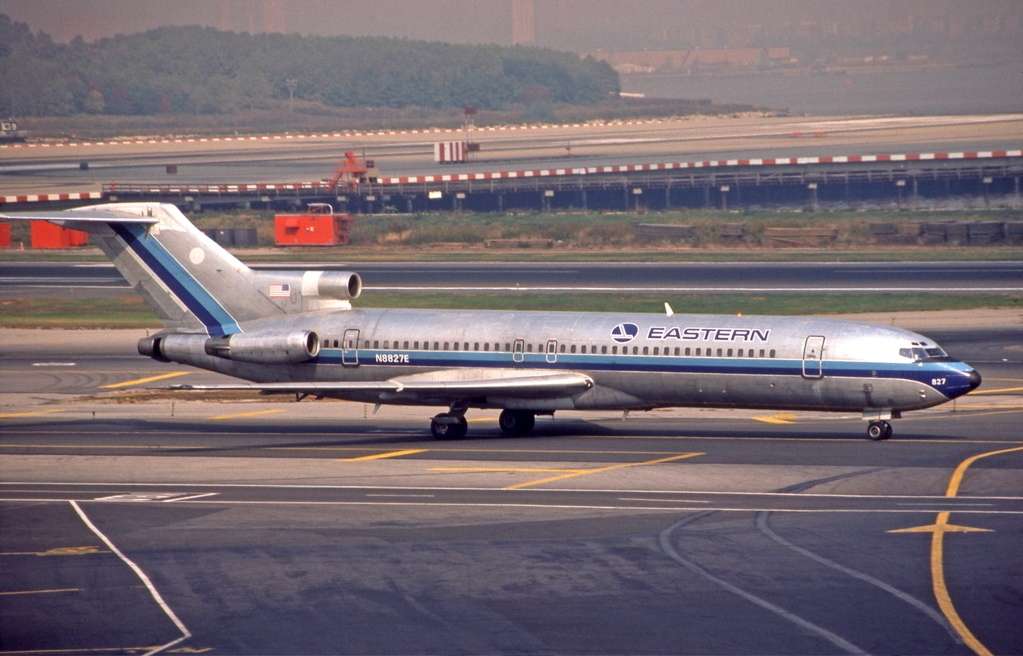Eastern Airlines Flight 66, a seemingly ordinary passenger flight from New Orleans to New York City, became etched in aviation history on June 24th, 1975, for the worst possible reason.
The Boeing 727, carrying 116 passengers and eight crew members, slammed into the ground just short of its intended runway at John F. Kennedy International Airport (JFK), taking the lives of 113 people.
The tragedy of Flight 66 not only marked a devastating loss of life but also became a catalyst for significant advancements in aviation safety, particularly in understanding and mitigating the dangers of wind shear.
Under Threatening Skies: The Flight and the Forecast

The flight itself began uneventfully.
Departing New Orleans under the command of Captain John W. Kleven, a seasoned pilot with over 17,000 flight hours, Flight 66 encountered no difficulties during the first leg of its journey.
However, weather reports indicated a brewing storm in the New York City area.
The National Weather Service (NWS) forecast for JFK had been amended to include thunderstorms and rain showers just hours before the flight’s expected arrival.
While the crew was aware of the potential for bad weather, the full severity of the approaching storm may not have been entirely clear.
Additionally, the limitations in weather radar technology at the time made it difficult to pinpoint the precise location and intensity of wind shear, a phenomenon where rapid changes in wind speed and direction can disrupt an aircraft’s control during critical phases of flight, especially landing.
A Hidden Danger: The Encounter with Wind Shear

As Flight 66 approached JFK for landing, it encountered a microburst, a localized downdraft of intense wind caused by a collapsing thunderstorm.
The sudden, downward blast of air caused the aircraft to lose altitude rapidly.
Despite the crew’s attempts to regain control, the Boeing 727 clipped the approach light towers before crashing onto a highway adjacent to the runway.
Furthermore, the impact and subsequent fire left the aircraft in pieces, leaving only 11 survivors.
Unveiling the Cause: The Investigation and Its Findings

The investigation into the crash of Eastern Airlines Flight 66 revealed a confluence of factors contributing to the disaster.
Wind shear, a relatively unknown phenomenon at the time, was identified as the primary cause.
However, the accident report also highlighted the limitations of weather forecasting and communication between air traffic control and pilots regarding real-time weather conditions.
A Catalyst for Change: Safety Innovations Take Flight
The tragedy of Flight 66 served as a wake-up call for the aviation industry.
It spurred significant research and development into wind shear detection systems.
Today, sophisticated ground-based radar can identify microbursts and alert pilots of potential dangers.
Additionally, improved communication protocols ensure that crews receive real-time weather updates, allowing them to make informed decisions regarding landing approaches.
A Legacy of Safety: Lessons Learned, Lives Saved
The legacy of Eastern Airlines Flight 66 extends beyond technological advancements.
It highlighted the importance of a safety culture within the aviation industry.
Pilot training now places a strong emphasis on recognizing and responding to wind shear emergencies.
The near-misses experienced by preceding aircraft that day serve as a stark reminder of the importance of sharing real-time situational awareness during critical phases of flight.
The crash of Eastern Airlines Flight 66 remains a somber reminder of the dangers faced by those who take to the skies.
However, the lessons learned from this tragedy have undoubtedly saved countless lives.
It stands as a testament to the ongoing commitment to safety that continues to shape the ever-evolving world of aviation.

Click the banner to subscribe to our weekly newsleter.

Click the photo to join our WhatsApp channel so then you can stay up to date with everything going on in the aviation industry!









